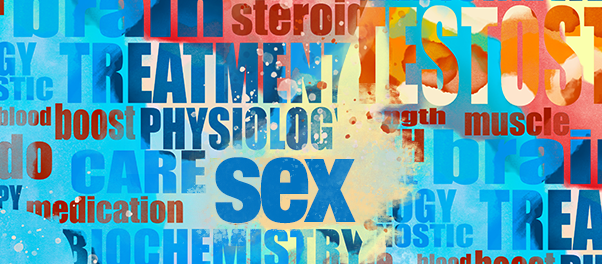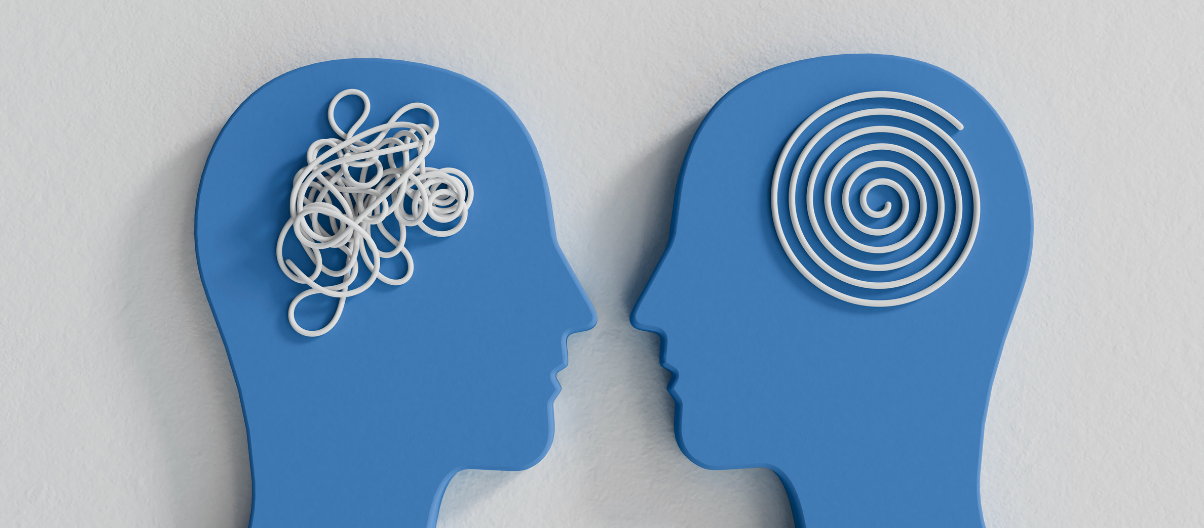What is a Sexual Disorder?
A sexual disorder refers to a problem that prevents an individual from experiencing satisfaction from sexual activity. They encompass a range of issues, including problems with sexual desire, arousal, or orgasm and pain associated with sexual intercourse. These disorders can be rooted in physical, psychological, or a combination of factors.
Types of Sexual Disorders
Understanding the different types of sexual disorders is crucial for both those experiencing these issues and healthcare professionals. These disorders are broadly categorized based on the specific challenges they present.
Desire Disorders
Hypoactive Sexual Desire Disorder (HSDD): Characterized by a persistent or recurrent lack of interest in sexual activity that causes personal distress. This condition can affect individuals of any gender and often leads to stress in relationships.
- Prevalence: Varies widely; estimates suggest about 5-10% of adult women and a slightly lower percentage in men.
- Treatment: Typically involves counseling and sometimes medication such as flibanserin for women or testosterone replacement therapy for men if hormonal deficiencies are identified.
Sexual Aversion Disorder: Involves a persistent and intense aversion to, and avoidance of, all or almost all genital sexual contact with a sexual partner. This can stem from psychological issues such as past trauma or anxiety.
- Prevalence: Less common; specific prevalence rates are difficult to determine.
- Treatment: Focuses on psychotherapy to address underlying psychological issues, and in some cases, couples therapy.
Arousal Disorders
Female Sexual Arousal Disorder: Women with this disorder have difficulty achieving or maintaining sufficient sexual arousal, which can make sexual activity unsatisfactory or uncomfortable.
- Prevalence: Estimated to affect about 10-20% of women.
- Treatment: Includes education, sexual therapy, and, in some cases, hormonal treatments or devices that increase blood flow to the genitals.
Erectile Dysfunction (ED): This well-known disorder affects men and involves difficulty achieving or maintaining an erection suitable for intercourse. It can have both physical causes, like diabetes or cardiovascular issues, and psychological causes, such as anxiety or depression.
- Prevalence: Affects about 30 million men in the U.S. alone. Prevalence increases with age.
- Treatment: Medications like sildenafil (Viagra), tadalafil (Cialis), lifestyle changes, and addressing underlying medical conditions.
Orgasm Disorders
Female Orgasmic Disorder: Refers to a delay in, infrequent or absent orgasms after a normal sexual arousal phase, often causing distress.
- Prevalence: Affects about 5-10% of women.
- Treatment: Sex therapy, education, and sometimes medication.
Male Orgasmic Disorder: Similar to the female counterpart, this involves difficulty in achieving orgasm despite adequate sexual desire and arousal.
- Prevalence: Relatively rare; specific rates are not well documented.
- Treatment: Therapy, medication, and addressing medical issues.
Premature Ejaculation: This disorder occurs when ejaculation happens sooner during sexual activity than the individual or couple desires, often leading to distress and frustration.
- Prevalence: Around 20-30% of men.
- Treatment: Behavioral techniques, medications, and counseling.
Delayed Ejaculation: The opposite of premature ejaculation, this condition is marked by a significant delay or inability to achieve ejaculation.
- Prevalence: Affects about 1-4% of men.
- Treatment: Counseling, medications, and addressing medical conditions.
Pain Disorders
Genito-Pelvic Pain/Penetration Disorder: This includes conditions like vaginismus and dyspareunia, where there is significant pain during intercourse or penetration attempts, often accompanied by fear and anxiety about sexual activity.
- Prevalence: Roughly 1-2% of women suffer from vaginismus, and dyspareunia affects around 10-15%.
- Treatment: Includes physical therapy, pain management, psychotherapy, and sex therapy.
Vaginismus: Specifically characterized by the involuntary contraction of vaginal muscles, which makes penetration painful or impossible.
- Prevalence: Estimates range, but are generally considered underreported.
- Treatment: Physical therapy, vaginal dilators, psychotherapy.
Paraphilic Disorders
These disorders involve intense sexual arousal from atypical objects, situations, or activities that are not typically considered sexually stimulating by societal standards. Common examples include voyeuristic disorder, exhibitionistic disorder, and frotteuristic disorder, each associated with different behaviors that are often performed without the consent of the other party, leading to legal and ethical issues.
- Prevalence: Varies widely depending on the specific disorder.
- Treatment: Psychotherapy, behavioral modification therapies, and, in some cases, medication.
Other Sexual Disorders
These conditions are less common, and treatments are highly specific. They often involve multidisciplinary approaches, including medical management, psychotherapy, and, in some cases, cessation of the causative medications.
Post-Finasteride Syndrome: Associated with persistent sexual, neurological, and physical issues after the discontinuation of finasteride, a medication used primarily to treat hair loss.
Restless Genital Syndrome: Characterized by a persistent sensation of genital arousal in the absence of sexual desire.
Post-Organismic Illness Syndrome: This rare condition involves symptoms like severe fatigue, irritability, and flu-like states following ejaculation.
Post-SSRI Sexual Dysfunction: Persistent sexual dysfunction after the discontinuation of selective serotonin reuptake inhibitors used to treat depression and other psychological disorders.
Diagnosing & Managing Sexual Disorders
Diagnosing a sexual disorder typically involves a detailed medical and sexual history, along with a physical examination. It may also include discussions about psychological and emotional factors.
The approach to managing sexual disorders varies based on the underlying cause but often involves a combination of medical treatment, psychological counseling, and lifestyle adjustments. For instance, treatment for sexual syndrome related to hormonal imbalances may include medication, whereas therapy is often recommended for issues derived from psychological disorders related to sexuality. In many cases, a multidisciplinary approach can provide the best outcomes.
Related Resources
If you're looking for resources related to sexual disorders, here are some helpful links to organizations and websites that provide comprehensive information and support:
- Planned Parenthood offers resources on sexual health and dysfunction, including explanations, treatment options, supportive care, and counseling. Explore their resources and schedule an appointment for personalized care here.
- Mayo Clinic offers reliable health information on symptoms, causes, and treatments of sexual disorders, with detailed articles on medical perspectives. Access their resources here.
- Healthline provides accessible guides and articles on various sexual disorders, covering psychological and physical aspects. Their content offers actionable health tips and insights. Visit Healthline for more information here.
- Cleveland Clinic offers diagnostic and treatment services for sexual health issues, supported by medical expertise. They have a section focused on sexual dysfunctions and related conditions. More details are found here.
- The American Psychiatric Association (APA) provides guidelines and research on diagnosing and treating sexual dysfunctions from a psychiatric perspective. They offer resources for understanding the psychological factors of sexual disorders here.
- The American Psychological Association (APA) offers resources and articles on the psychological aspects of sexual health and disorders, including therapy options and strategies for managing dysfunctions. Access their resources here.
- Routledge provides scholarly insights into sexual health research, including studies on disorders. Find useful texts or articles discussing these topics here.
Conclusion
A comprehensive understanding of sexual disorders is crucial in providing adequate care and treatment. When working with clients who are experiencing sexual disorders, it is essential to approach these conditions with empathy, expertise, and an openness to discussing sexual health issues. As a practitioner, fostering a supportive and proactive environment can significantly improve treatment outcomes, strengthen patient relationships, and boost self-esteem. Encouraging open dialogue about sexual health contributes to a more holistic approach to wellness, facilitating a path to a healthier and more satisfying life for your clients.
Consider engaging in specialized training or workshops to enhance your therapeutic practices. This will not only broaden your expertise but also equip you to address the needs of your clients more effectively.
























